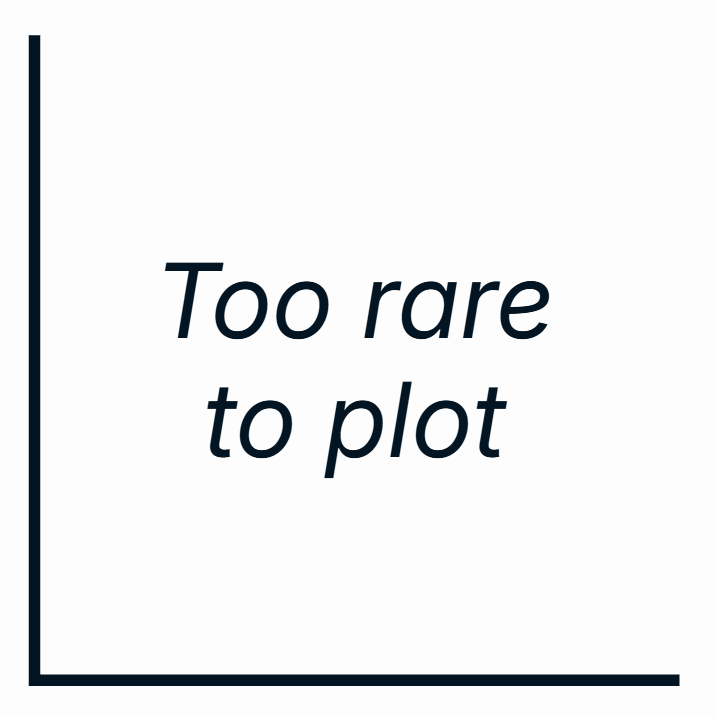Indigo Bunting
Passerina cyanea
Introduction
Indigo Bunting is an extremely rare visitor from North America. Only breeding males have the bright blue plumage of its name; first-winter birds (which occur here) and females are much drabber.
Key Stats
Population and distribution stats for:
Status and Trends
Population size, trends and patterns of distribution based on
BTO and partnership surveys and atlasses with data collected by BTO volunteers.
Conservation Status
This species can be found on the following statutory and conservation listings and schedules.
IUCN Red List of Threatened Species (global)
Schedule 1 Licence required (to disturb)*
No
Birds Directive Annex 1
No
* A guide only. Check details with the original legislation, especially those marked with an asterisk.
See About Birdfacts for more information.
Population Size
First Record*
Pembrokeshire, 1996 (Co. Cork, 1985)
* First documented occurrence. Most species undoubtedly occurred before this.
See About Birdfacts for more information.
Population Change
Population trends of this scarce species are not routinely monitored.
Distribution
This vagrant is too rarely reported to map distribution.
Distribution Change
This vagrant is too rarely reported to map distribution change.
Seasonality
This species has been too rarely reported to BirdTrack during 2011–22 to properly assess seasonality.
Movement
Information about Indigo Bunting movements and migration based on online bird portals (e.g. BirdTrack),
Ringing schemes and tracking studies.
Britain & Ireland movement
View a summary of recoveries in the Online Ringing Report
Biology
Lifecycle and body size information for Indigo Bunting, including statistics on nesting, eggs and lifespan
based on BTO ringing and nest recording data.
Survival and Longevity
Survival is shown as the proportion of birds surviving from one year to the next and is derived from bird ringing data. It can also be used to estimate how long birds typically live.
Classification, names and codes
Taxonomy, names and species codes for Indigo Bunting
Classification and Codes
- Order: Passeriformes
- Family: Cardinalidae
- Scientific name: Passerina cyanea
- Authority: Linnaeus, 1766
- BTO 5-letter code: INDBU
- Euring code number: 18920
Alternate species names
- Catalan: cardenal indi de front lila
- Czech: papežík indigový
- Danish: Indigofinke
- Dutch: Indigogors
- Estonian: indigolind
- Finnish: indigokardinaali
- French: Passerin indigo
- German: Indigofink
- Hungarian: indigópinty
- Icelandic: Blátittlingur
- Irish: Gealóg Phlúiríneach
- Italian: Ministro
- Latvian: indigo sterste
- Lithuanian: melynoji startene
- Norwegian: Indigospurv
- Polish: luszczyk indygowy
- Portuguese: mariposa-azul
- Slovak: pápežík indigový
- Slovenian: indigov mavricar
- Spanish: Azulillo índigo
- Swedish: indigofink
- Welsh: Bras Goleulas
More Evidence
More evidence from Conservation Evidence.com
Partners
Birdfacts is based on data collected by volunteers participating in surveys that are organised and funded by
BTO,
RSPB,
Esmée Fairbairn Foundation,
JNCC and other partners.
Find a Species

